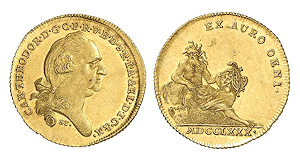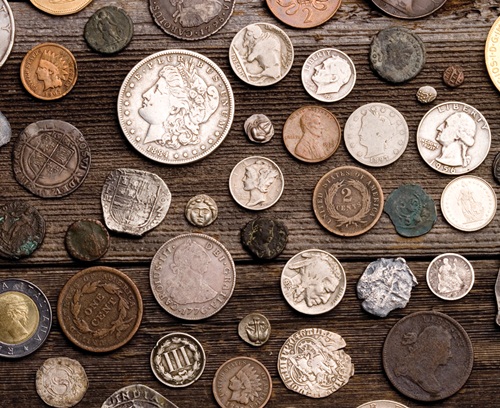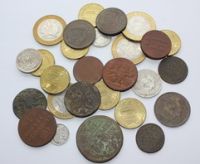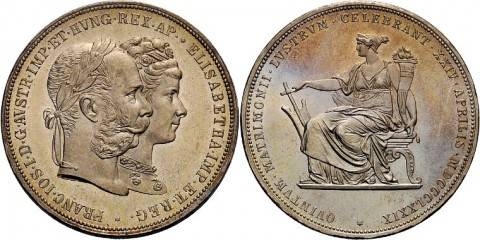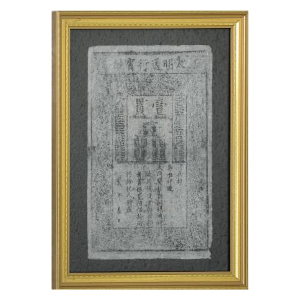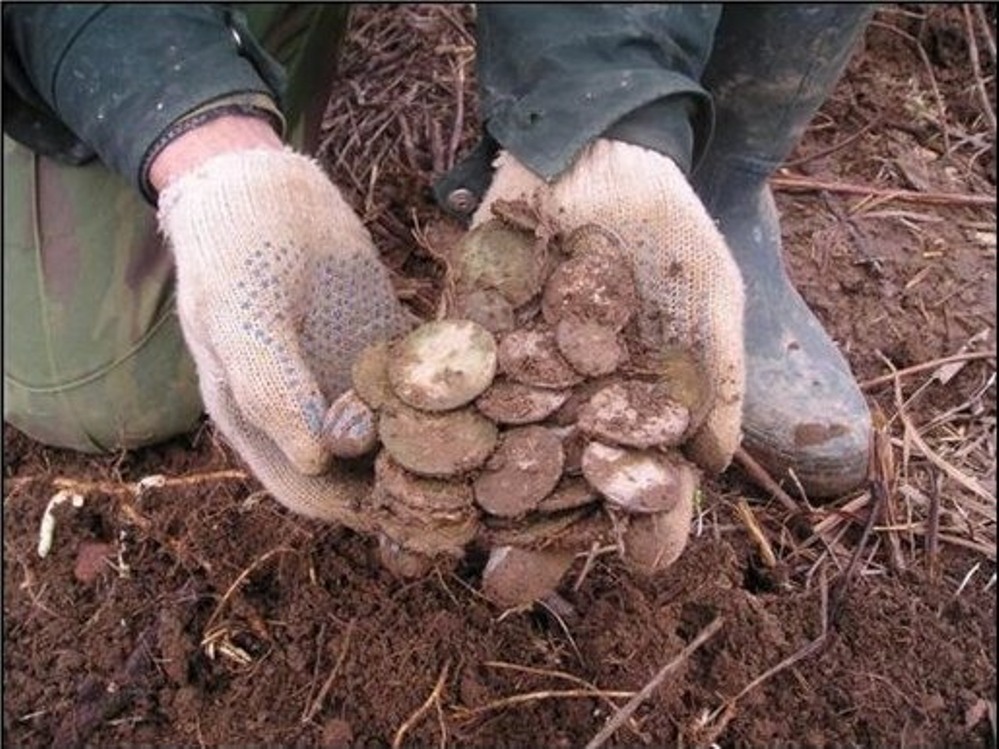Chinese Coins – 2000 Years of Coin History and Money
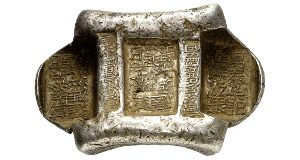 China is the most populous country in the world. Its population is 1 billion inhabitants, and the history goes back more than 2000 years. Scientists have found that money was used in China in the Neolithic era. Then, however, money, served as cowry shells (“primitive money”). Later, the means of payment were made of bronze in the form of objects of labor, for example, in the form of a knife (bu) or a shovel (dao).
China is the most populous country in the world. Its population is 1 billion inhabitants, and the history goes back more than 2000 years. Scientists have found that money was used in China in the Neolithic era. Then, however, money, served as cowry shells (“primitive money”). Later, the means of payment were made of bronze in the form of objects of labor, for example, in the form of a knife (bu) or a shovel (dao).
It is believed that Emperor Qin Shi Huang (247-210 BC) in 211 BC introduced the first round coins with a square hole in the center (qian). During the Han dynasty (206 BC – 220 AD), the precious metal content in the coin ceased to be the basis of the value of Chinese coins. A nominal value has been entered. Apparently, the need of a huge empire in means of payment was enormous. Only during the time of the Song Empire (960-1279), according to historians, 200 billion Chinese copper coins were minted. The Chinese are ahead of the Europeans in the use of paper money. The world’s first Chinese banknotes appeared as early as 1024. Their value was supported by gold and silver of the imperial stocks. However, in 1644, after money depreciated many times, the issue of paper money was stopped.
In the 17th century, along with the traditional Chinese copper currency, silver money went into circulation – the Tael coin (37.78 g), equal in value to 10 masses (which is equal to 100 Kandarins or 1000 li). And until today, the used yuan was introduced only in 1889. After the overthrow of the monarchy and the founding of the Republic of China, the currency for a short time became the silver dollar.
Since the Chinese Communist Party came to power after World War II, the People’s Bank of China (PBoC) began to govern the country’s monetary and exchange policies. Along with the Chinese exchange rate coins for everyday payment, China produces one of the world’s most beloved investment gold coins with the image of a panda. Each year, these coins are minted from different precious metals and with changing motifs.
Already since the time of the existence of the empire, the images on the coins were uniform and contained an indication of the name of the emperor, the dignity of the coin, and the name of the province that issued it. Having a little practice, on the basis of this information, you can easily identify from the images and more ancient Chinese coins. Attractive to the collector and produced in China since the XIX century, silver dollars. These coins were introduced to facilitate international trade and are distinguished by images that show the influence of the West. Here, first of all, we should mention the “autodollar”, released in 1928 in honor of the opening of the first highway in Guizhou province.
Start collecting Chinese coins that have one of the most ancient traditions, and begin your numismatic journey into the “Middle Empire” (Zhōngguó)!
